Sustainable wellbeing and green living
Let's find ways to Flourish!
My Green Kitchen Renovation
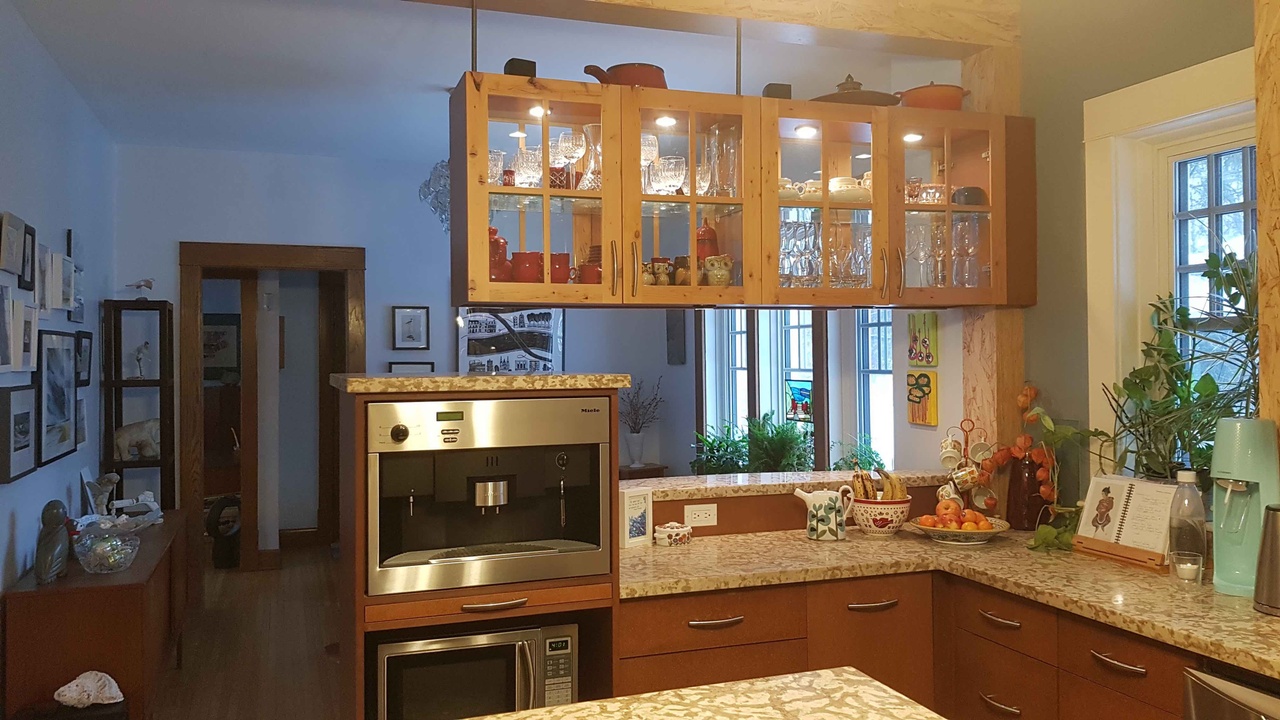
It was back in 2006 when my husband A.J. and I began to have the big discussion, as many couples eventually do...should we renovate?
Our house was built in 1918 and had many benefits of an older home such as quality craftsmanship, durability and lovely old trees lining the street. However, it also had some of the downsides of older homes, including a kitchen that was separated from the dining room by a wall and a rather poorly done upgrade that was at least a few decades old.
So, we decided to dive into the project and do a renovation of the kitchen, including opening it up to the dining room and doing it as sustainably as possible! I was already teaching sustainability and working in the field, so I knew that I wanted to do something that reflected these values.
And we knew that we wanted to achieve a more functional space, as most of the cupboards and appliances were all clustered in one corner. The cupboards were from about the 1950s or perhaps earlier, and every time you opened ...
What is TOD and why do we love it?

When it comes to incorporating sustainability into the built environment, it is important to acknowledge one key fact: we are living in a highly interconnected and globalized world. This is reflected in the way our cities are designed, as well as the movement of people within and between cities around the world.
This widespread travel within and between cities is able to occur due to the advent of modern transportation methods such as trains, busses, subways, automobiles, and planes. Unfortunately, one particular method of transportation has significantly influenced the design of our cities…and not in a good way!
Yep, you guessed it: the automobile. Automobiles are notorious for their contribution to urban sprawl, the uncontrolled expansion of urban areas.
Thanks to urban sprawl, it has become so much harder to get places on foot or take public transportation as your main method of getting around. For example, many North American cities have been designed specifically for automobile...
Could Deep Ecology be the Solution?

Deep ecology is an environmental philosophy introduced by Arne Naess in 1984 which recognizes the inherent value of all living beings and promotes the idea that they have moral and legal rights to live and flourish as humans do.
This philosophy looks deeper into our relationship with the natural world for a more holistic approach to environmentalism. Instead of promoting the preservation of ecosystems and biodiversity for human purposes such as resource extraction, deep ecology recognizes the intrinsic value these systems hold, regardless of utility to humans.
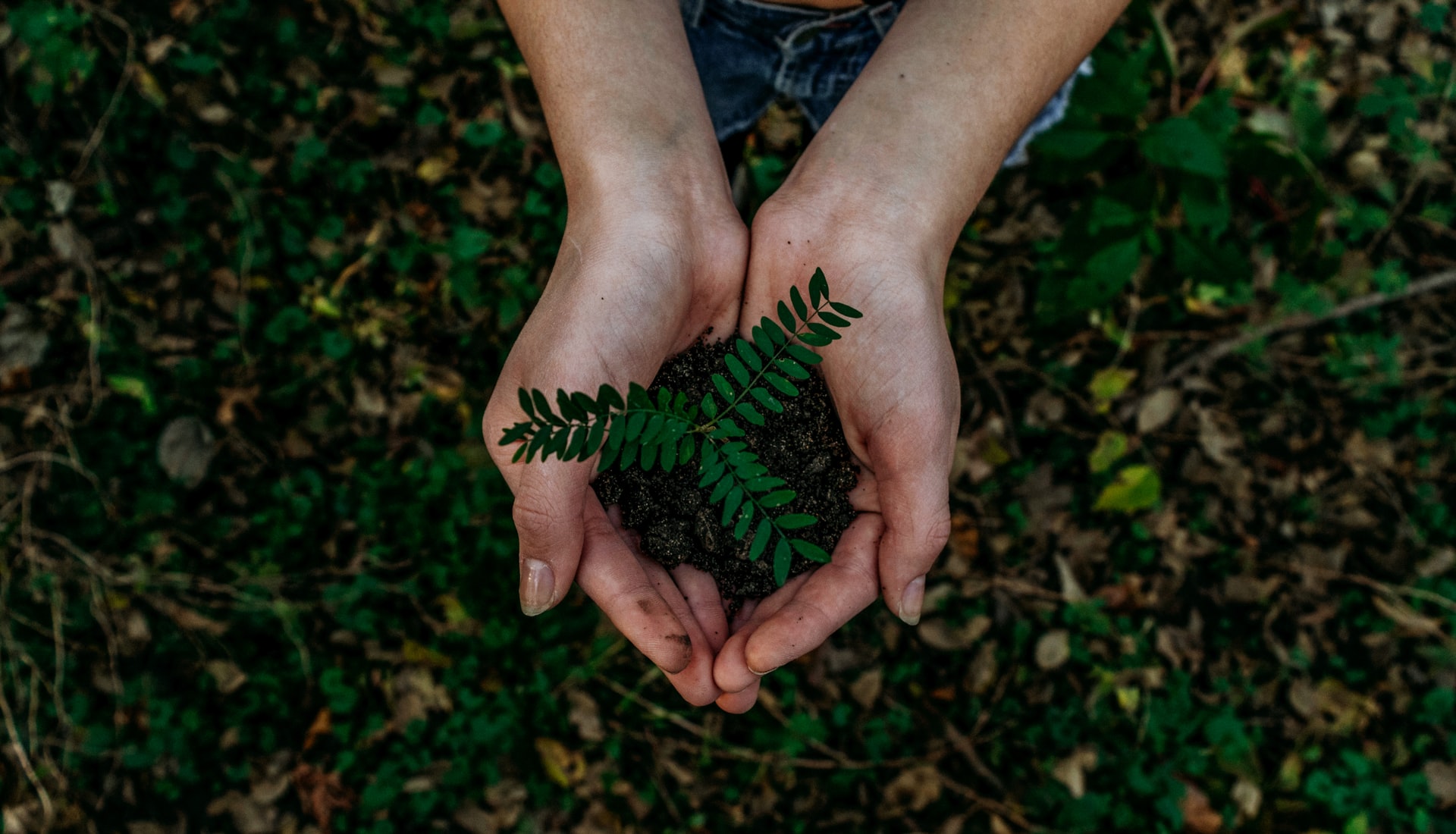
The deep ecology framework is not anthropocentric, meaning that all living beings are viewed as our equals and that we are part of a whole.
As a whole, we cannot all thrive to our full potential until all parts of the whole are free to do so. Deep ecology encourages the shift from egocentric living to ecocentric living.
Fundamental principles of Deep Ecology
- The well-being and of human and non-human life on earth have in ...
Cleaning your home shouldn't dirty our waterways
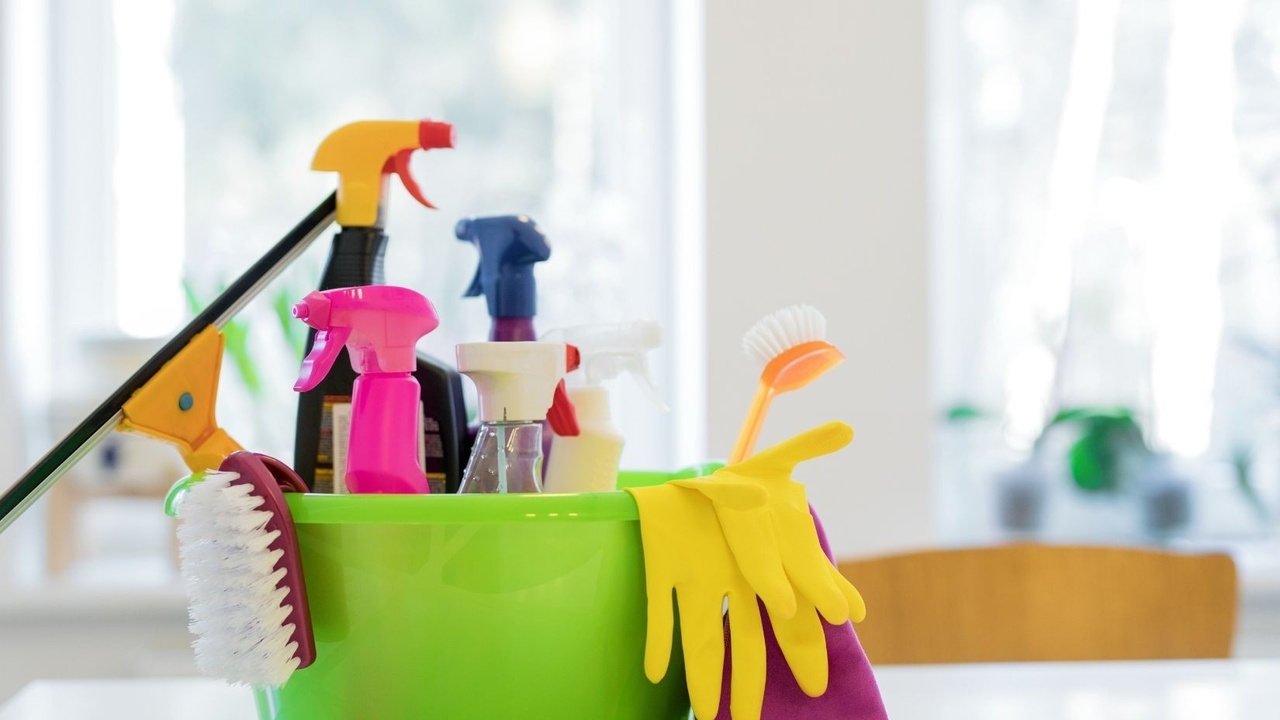
Do you care about protecting and preserving your lakes? If so, this blog post is for you! Did you know that there are many different products that can negatively impact the health of lakes near you? Actually, it's not only the products themselves that can be an issue, but also their packaging as well.
While it’s true that lakes can sometimes be out of sight, out of mind. When you’re not visiting your cabin, camping, ice fishing, or partaking in any other fun lakeside activities, the health of your favourite lake might not be on your mind. But that doesn’t mean that your actions don’t have negative consequences.
The products we use, especially cleaning products such as soaps, detergents, and shampoos, have the ability to enter our sewage systems when they are rinsed down the drain and become wastewater. Now, sewage plants are supposed to treat wastewater and make it safe for reuse when possible. However, it is sometimes possible that wastewater can flow directly into our lakes and wat...
10 Last minute Eco-friendly Gifts

We have all been there. Christmas can be a busy time of year and I am always happy to have some last-minute gifts that I can give without having to go out to a store! So, here are some of my go-to last-minute gift ideas that are also great for the planet.
No need to get yourself overly stressed trying to find gifts and then feeling bad that you are doing something that goes against your values when you just get something for the sake of having a gift. Here are some easy solutions that have so many benefits. They are great for the planet because they are low-impact, they support small businesses, and they show others that we can do gifts sustainably.
1. Give an Eco-friendly Hobby
Ok, I have to admit, I once had visions of selling my hand-crafted delights, everything from paper mache bowls to baked goods. So many people find delight in being creative. Making everyday items like a crochet dishcloth or a hand-knit scarf can be incredibly rewarding as well as eco-friendly.
When we m...
Green Burials
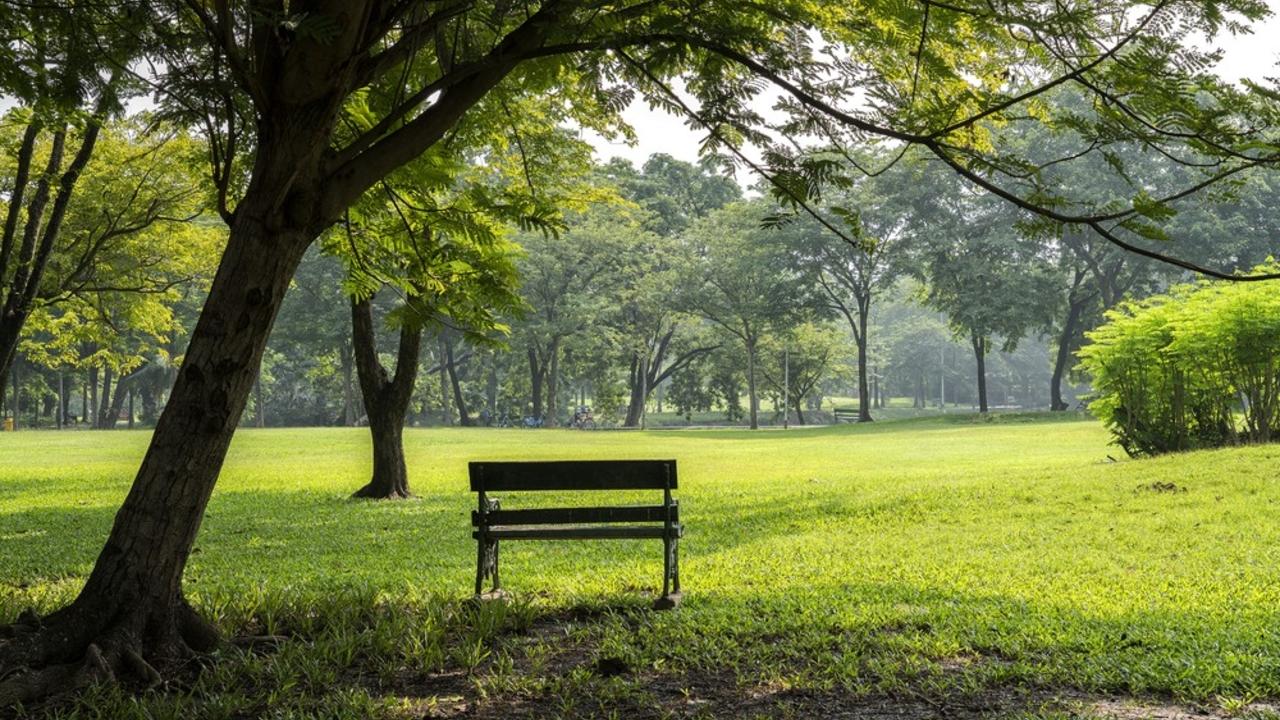
Ok, I know, most of us don’t really want to think about death and the logistics of what happens when someone dies, however, the reality is that there are numerous environmental issues with the way we handle funerals and burial. And, there are plenty of ways that we can do better! It turns out there is a growing green burial movement to help us out.
Death is a fact of life that is dealt with in many different ways across different cultures and religions. In Western society, funerals often include flowers, expensive caskets, often embalming of the deceased, cremations, cemetery plots, and more. These funeral elements are chosen in order to pay respect to the deceased, but it is also important to consider whether these elements reflect the wishes and values of the deceased.
Not only do caskets, flowers, and other embellishments cost thousands of dollars, but they also have quite a significant negative impact on the environment. Traditional funerals aren’t green, but that doesn’t mean th...
What you need to know about consumer goods
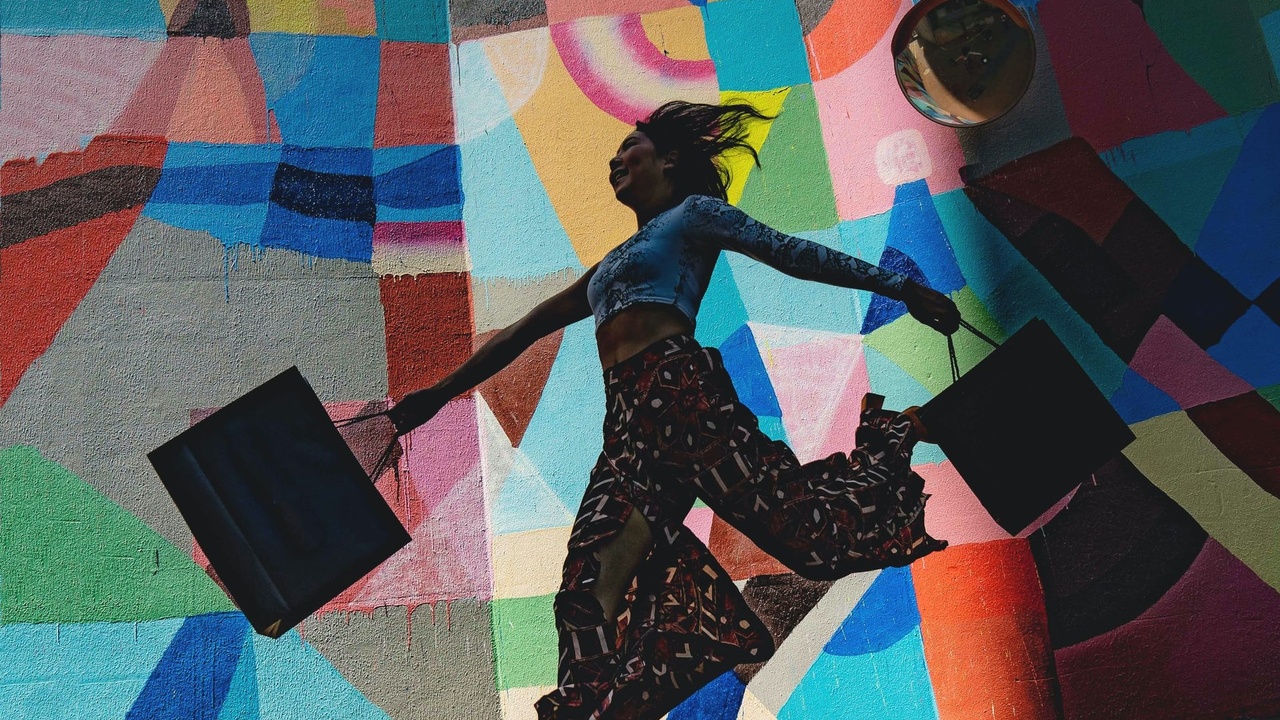
We all have a vague understanding that consumer culture is linked to environmental degradation and climate change, but how do we get around this, especially when we live in the real world, with birthdays, and Christmas, social pressures to shop and often a lack of easy to access eco-friendly alternatives.
I like to do a little time traveling before purchasing anything.
Well, there are a few basics to consider, I like to do a little time traveling before purchasing anything. Instead of just thinking about price and value, think about where that good came from AND where it will end up when you are finished with it. That can put the "sale" item into a much more realistic light of its true cost.
But, what exactly are the issues associated with consumer goods?
Over-Consumption of Material Goods and Throw-Away Culture
Consumer goods are products that are found on store shelves and bought for consumption by the average consumer. Consumer goods can be anything from food, clothing, f...
Dealing with the Denial of E-Waste

Are you in denial about the environmental impacts of your tech devices? Sure they are fun, and often necessary, even a lifeline during the COVID lockdowns, so perhaps it is not all that surprising that we don’t like to pay attention to the environmental and social issues of the e-waste associated with our tech habits.
It has become downright impossible to live a modern life without producing electronic waste. Electronic devices play an important role in our everyday lives. Let’s face it…who can go a whole day (hahaha, a few hours) without checking their phone or email, or snapping a photo?
It’s not uncommon for every member of a household to have their own cellphone, laptop, camera, etc. On top of that, shared electronic devices such as televisions, DVD players, gaming consoles, printers, and more, are often found within one household.
With all these electronic devices around, it is inevitable that we will contribute to the production of e-waste. After all, every action and certain...
Ten Ways to Give Eco-friendly Gifts

As holidays, celebrations, and birthdays approach, many of us start to think about what gifts to give our friends and family. Picking out a gift for a loved one is a great way to show them how much they mean to you. That being said, I’m sure you’re well aware that gift-giving can also lead to the purchasing of unnecessary items, create waste, and overall have a negative impact on the environment.
Luckily, there are many ways to give gifts in an environmentally responsible manner! Although you may initially think that green gift giving significantly narrows down your options, there are plenty of ways to give green, and live out your values. Gift giving is also a beautiful way to connect others to new and unique Eco-friendly items and suppliers that they may not have known about. Besides that, it feels AMAZING when the gifts that we receive also help others in need, or help to save an endangered species, or plant trees, or support small Eco-friendly businesses! Wins all around!
If you’...
What does a sustainable economy look like?
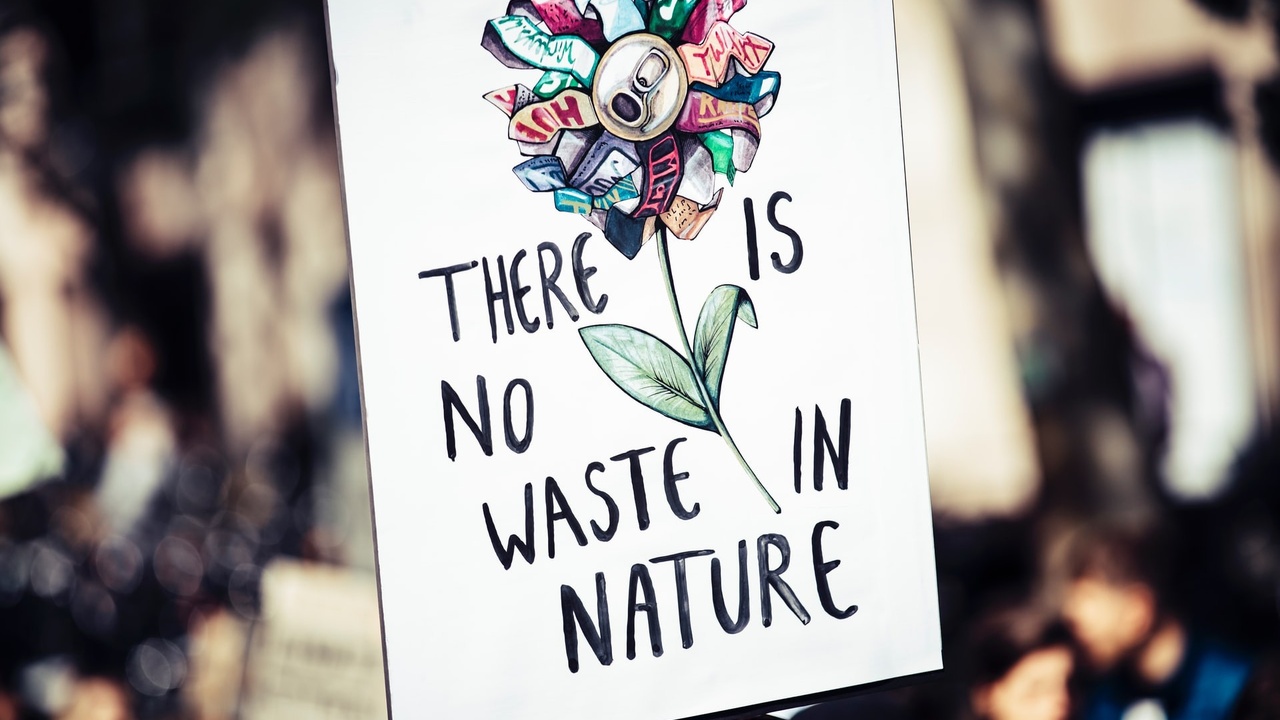
Sustainability is often defined as the ability to meet the needs of the present without compromising the ability to meet the needs of future generations. Typically, sustainability is made up of three pillars: social, environmental, and economic. In other words, sustainability takes into account people, the planet, and profit.
The environmental pillar tends to get a lot of attention when it comes to discussions surrounding sustainability. While this topic is undoubtedly important, it is useful to look at the economic side of things as well! Let’s take a closer look at the economic pillar of sustainability.
Issues with the current linear economy
We are currently operating in a linear economy. That means that consumption follows a linear process referred to as the ‘take-make-waste’ approach.
Take – When there is a high demand for consumer products, supplies such as non-renewable and natural resources get depleted at an alarming rate in order to keep up with demand. And we know that ex...


